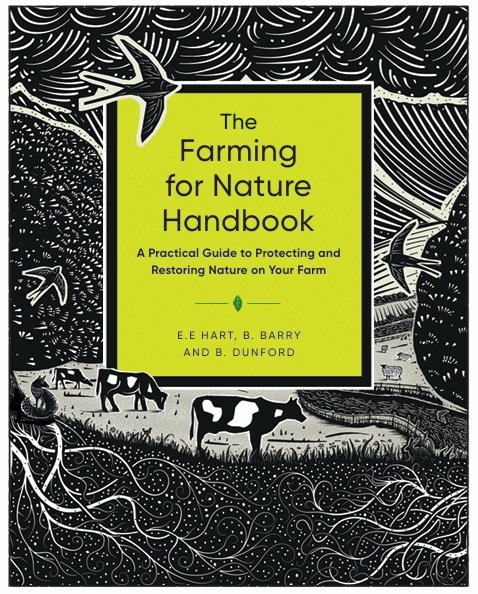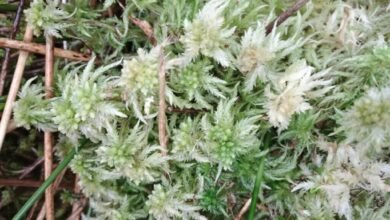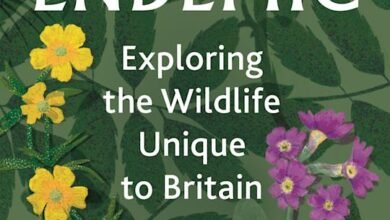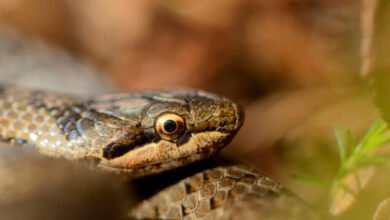
This book is published in Ireland but it looks to me that there is much of value and interest in it to many farmers in the UK. This impression is reinforced by favourable comments from some Brits including the suggestion from Martin Lines, CEO of Nature Friendly Farming UK, that all farmers should have this book and be inspired by its contents.
The production of this volume was assisted by the Department of Agriculture, Food and the Marine, The National Parks Service, the Lifes2Good Foundation and the Burrenbeo Trust. There is a forward by the President of Ireland, Michael Higgins. All of this makes it feel as though this is a serious attempt to nudge Irish farming into a slightly better place.
There are chapters on individual aspects of farming from grasslands to arable and from farm buildings to (this being Ireland) both lowland and upland peat. The importance of soils is discussed and there is a final chapter on noxious and invasive weeds.
The book is cleverly and attractively designed. It invites the reader to look and learn and to read. The colour coding, simple but effective illustrations and the ratio of space to blocks of text make this a book which I would read for pleasure and, I believe, many farmers would read for information. There are a number of ‘A Farmer’s Insight’ blocks of text where, in their own words, real farmers say what they’ve done and how it worked out. There are also chunks of information about individual species that a farmer might see on their farm.
Some information is given about the legal framework and access to grants, both of which are in an Irish context, but this shouldn’t put off UK farmers as there is much more about the type of practices to employ than the bureaucracy of the farming enterprise.
I dipped into the different chapters and didn’t spot anything which jarred with me (but then, I’m not a farmer) but I did wonder what that last chapter on weeds might contain and immediately sought out ragwort. I read that ragwort is good for insects but can be toxic to livestock, although not often and under described circumstances. The short clear text tells me how ‘my’ field might have come to have lots of ragwort and what the options are for control with a preference for hand pulling over chemical treatment for a mixture of environmental and effectiveness reasons. That seemed a good balance of information and advice to me. Other ‘weeds’ given similar balanced treatment in the text include docks, purple moor grass, gorse, bracken and brambles.
There is much to be done to recover the wildlife of farmed Ireland ie practically all Ireland. This book is a well-written and well-designed and helpful guide to what to do. If every farmer in Ireland did a couple of things from these pages (maybe one of them in their own garden) then progress would be made and, I agree with the authors when they warn the reader that ‘Farming for nature can be addictive!’ – let’s hope this book feeds that addiction.
The cover? I like it and it looks like it’s about farming and the countryside. I’d give the cover 8/10.
The Farming for Nature Handbook: a practical guide to protecting and restoring nature on your farm by E.E. Hart, B. Barry and B. Dunford is published by Dingle Publishing.
.
Buy direct from Blackwell’s – a proper bookshop (and I’ll get a little bit of money from them)
[registration_form]
Source link





